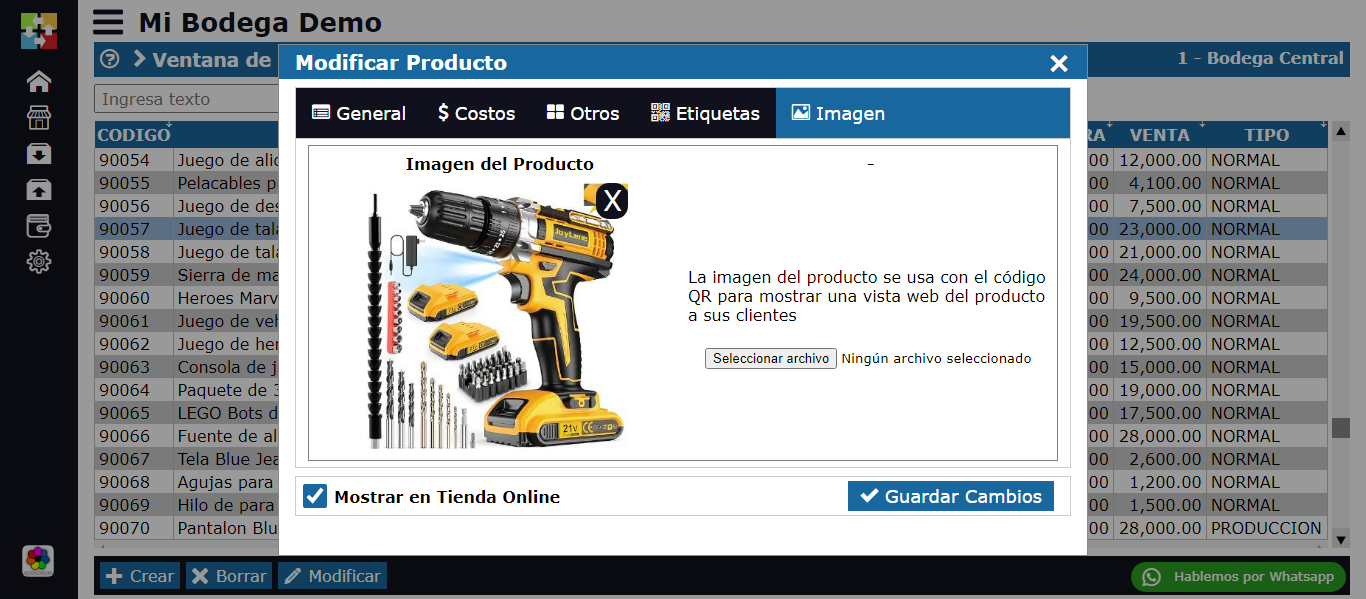How to Integrate CRM Tools into Your Automation Strategy
In the world of marketing, automation is key to increasing efficiency and reducing costs. However, for automation to be effective, it is essential to integrate CRM (Customer Relationship Management) tools into your strategy. In this article, we will explore how to do this effectively.

What is a CRM and why is it important?
A CRM is a software that helps businesses manage their interactions with customers and prospects. It allows storing and analyzing customer data, such as their preferences, behaviors, and transactions. This allows companies to personalize their messages and offers, which in turn increases customer loyalty and satisfaction.
Benefits of integrating a CRM into your automation strategy
- Improves personalization: By integrating a CRM, you can personalize your messages and offers based on customer data.
- Increases efficiency: Automation with a CRM allows you to automate repetitive tasks and focus on higher-value activities.
- Improves decision making: The analysis of CRM data allows you to make informed decisions about your marketing campaigns and sales strategies.
How to integrate a CRM into your automation strategy
To integrate a CRM into your automation strategy, follow these steps:
Step 1: Select an appropriate CRM
There are many CRMs on the market, so it is important to select one that fits your needs and budget. Some of the most popular CRMs include Salesforce, HubSpot, and Zoho CRM.
Step 2: Configure the CRM
Once you have selected a CRM, you must configure it to fit your needs. This includes configuring data fields, creating workflows, and setting access permissions.
Step 3: Integrate the CRM with your automation tools
Most CRMs can be integrated with automation tools such as Marketo, Pardot, and Mailchimp. This allows you to automate tasks such as lead creation, task assignment, and email personalization.
Step 4: Monitor and adjust
Once you have integrated the CRM with your automation tools, you must monitor the results and adjust the configuration as needed. This allows you to ensure that automation is working effectively and that you are getting the desired results.
Integrating a CRM into your automation strategy is essential to increasing efficiency and reducing costs. By following the steps described in this article, you can select an appropriate CRM, configure it, integrate it with your automation tools, and monitor the results. Remember that automation is a continuous process, so it is important to adjust the configuration as needed to ensure that you are getting the desired results.





